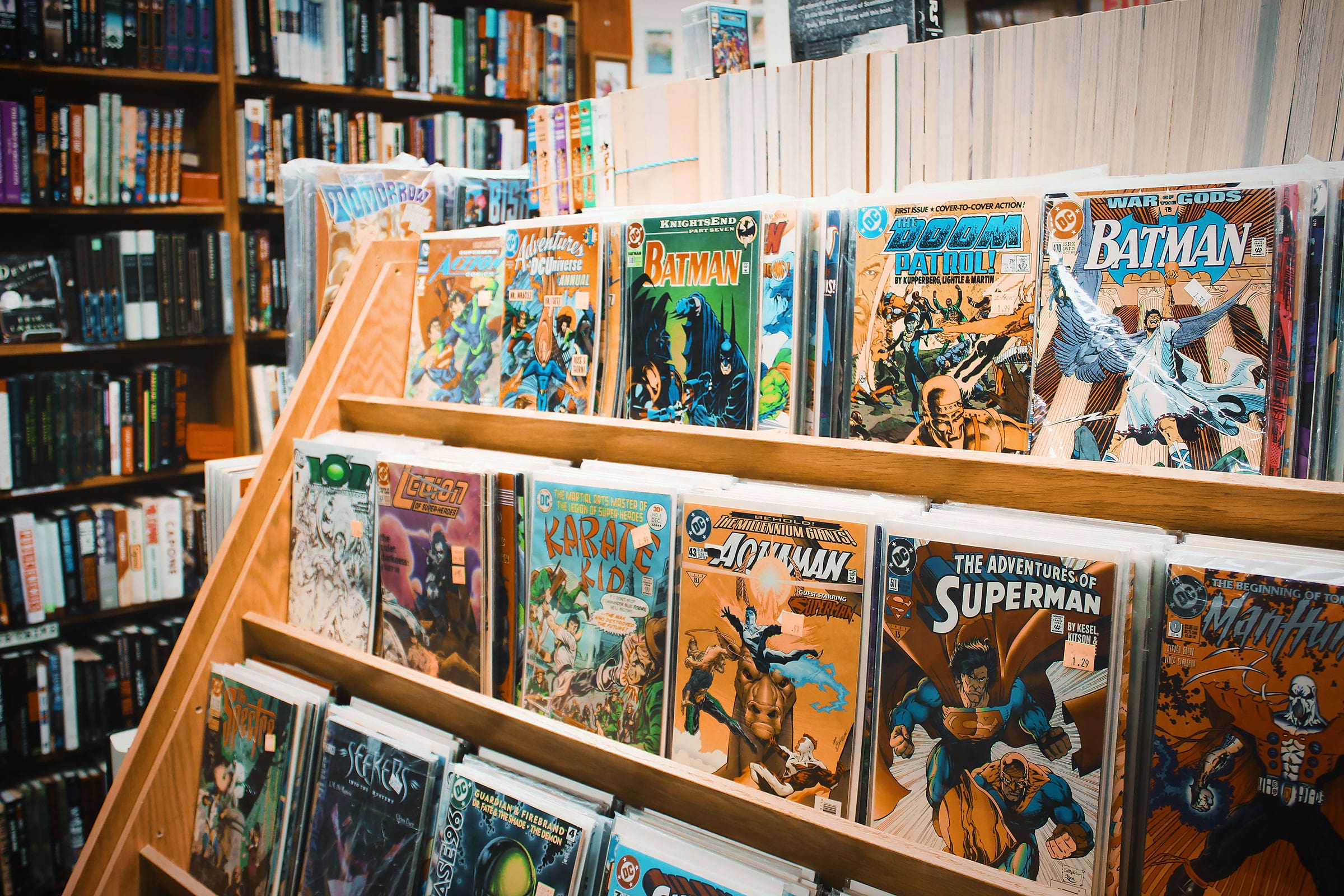Manga sy – Manga SY sets the stage for this enthralling narrative, offering readers a glimpse into a world brimming with originality. What exactly
-is* Manga SY? That’s the million-dollar question, and honestly, the answer might depend on who you ask. It could be a genre, a style, a whole new vibe – or maybe even a secret code only the initiated understand.
This deep dive explores the potential meanings, related genres, artistic styles, and narrative structures that might fall under this intriguing umbrella term.
We’ll break down the possible interpretations of “SY,” examining how this mysterious addition to “manga” impacts the overall tone, themes, and target audience. Get ready to explore the potential of a whole new wave of manga – one that’s shrouded in mystery, but bursting with creativity. Think edgy storylines, unique character designs, and artistic styles that push boundaries. This isn’t your grandma’s manga.
Defining “Manga SY”
The term “manga SY” lacks a widely established definition. Its meaning depends heavily on the context in which it’s used. “SY” could be an abbreviation, a stylistic element, or even a part of a title. This ambiguity requires careful consideration of the surrounding discussion or the specific manga work itself.
Online communities might use “manga SY” informally to refer to a specific subgenre, a particular artist’s style, or a collection of manga sharing certain thematic elements. For instance, a forum post might say, “Check out this new manga SY; it’s got that crazy action and over-the-top characters I love!” This suggests a shared understanding within that community, but that understanding isn’t universal.
The lack of a standard definition makes “manga SY” potentially confusing. To clarify its intended meaning, it’s crucial to look for additional context, such as accompanying descriptions, tags, or the title of the manga itself. Adding more descriptive terms, such as “manga SY: cyberpunk action” or “manga SY: slice-of-life romance,” would greatly improve understanding.
Related Manga Genres
Depending on the interpretation of “SY,” several manga genres could be associated with “manga SY.” If “SY” represents a specific stylistic or thematic element, then genres like action, sci-fi, romance, or even horror could be included. The key is identifying common threads that link different genres under this umbrella term.
These genres differ significantly in their target audiences and artistic styles. Action manga often features fast-paced plots and dynamic fight scenes, appealing to a broader audience, while slice-of-life manga focuses on the everyday lives of characters, typically attracting a more mature audience seeking relatable stories.
| Genre Name | Key Themes | Target Audience | Artistic Style |
|---|---|---|---|
| Action | Fighting, adventure, heroism | Broad audience, teens to adults | Dynamic linework, expressive character designs |
| Sci-Fi | Technology, futuristic settings, space exploration | Teens and adults interested in futuristic concepts | Detailed mecha designs, futuristic cityscapes |
| Romance | Love, relationships, emotional development | Teens and young adults | Soft linework, expressive eyes |
| Horror | Fear, suspense, supernatural elements | Teens and adults who enjoy suspense | Dark color palettes, unsettling character designs |
Artistic Styles in Potential “Manga SY”
The artistic style of “manga SY” would depend entirely on the interpretation of “SY” and the chosen genre. For example, a “manga SY” focused on cyberpunk might employ dark, gritty color palettes with heavy use of neon colors, sharp linework, and detailed mechanical designs. In contrast, a “manga SY” focusing on romance might utilize softer color palettes, smoother linework, and more expressive character designs.
Visual storytelling techniques would also vary. Action-oriented “manga SY” might rely on dynamic panel layouts and speed lines to convey movement and excitement, while a more character-driven “manga SY” might prioritize close-ups and detailed expressions to showcase emotional nuances. The use of symbolism and visual metaphors could be employed across various styles to enhance narrative impact.
Narrative Structures and Themes, Manga sy

Common narrative structures in manga, such as the episodic structure with an overarching plot, or the multi-arc narrative with distinct storylines, could easily apply to “manga SY.” Plot devices like unexpected twists, cliffhangers, and character reveals would be just as effective.
- Recurring themes might include coming-of-age, societal commentary, exploration of identity, or the struggle between good and evil, depending on the genre and interpretation of “SY”.
- Narrative structures could range from linear to non-linear, depending on the story’s complexity and the desired impact on the reader.
- Common plot devices such as betrayal, sacrifice, and redemption could also be incorporated, adding depth and complexity to the narrative.
The Impact of “SY” on Manga Content
The addition of “SY” to the term “manga” suggests a specific subset of manga content, potentially influencing the themes, tone, and target audience. It could signify a unique artistic style, a specific thematic focus, or even a particular narrative structure.
Check what professionals state about hideout manga and its benefits for the industry.
A hypothetical manga series titled “Cyberpunk SY: Neon Dreams” could depict a dystopian future where advanced technology intertwines with ancient mythology. The “SY” could represent a mysterious organization manipulating events from the shadows. The story would follow a group of young hackers fighting against this organization, blending action, mystery, and romance elements. The inclusion of “SY” adds an element of intrigue and mystery, shaping the overall tone and potentially attracting a more mature audience interested in complex narratives.
Illustrative Examples
In a scene from “Cyberpunk SY: Neon Dreams,” a pivotal confrontation takes place atop a towering skyscraper overlooking a rain-soaked neon-drenched city. The protagonist, a young woman with striking electric blue hair and cybernetic enhancements, faces off against a shadowy figure wielding advanced weaponry. The rain reflects the city lights, creating a vibrant yet menacing atmosphere.
The protagonist, “Rina,” is a skilled hacker with a determined personality. She’s depicted with sharp, angular features, reflecting her fierce independence. Her cybernetic arm, gleaming under the neon lights, symbolizes her enhanced abilities and her connection to the advanced technology of the cyberpunk world. Her clothing is a mix of practical functionality and stylish rebellion.
The setting, the skyscraper rooftop, is symbolic of the precarious balance between the technologically advanced world and the looming darkness of “SY.” The rain washes away the grime of the city, revealing the beauty hidden beneath the surface, mirroring the internal struggle of Rina as she confronts her enemies and the secrets of “SY”.
So, what have we learned about Manga SY? It’s less a concrete definition and more a concept, a potential space for fresh, exciting manga narratives. Whether it’s a specific genre or a descriptive term, the addition of “SY” opens doors to new artistic styles, narrative structures, and thematic explorations. The ambiguity is part of the appeal, fueling imagination and offering limitless potential for creators and readers alike.
Ultimately, Manga SY represents the exciting possibility of a manga evolution—a fresh take on storytelling and visual artistry. It’s a space where the unexpected rules.


